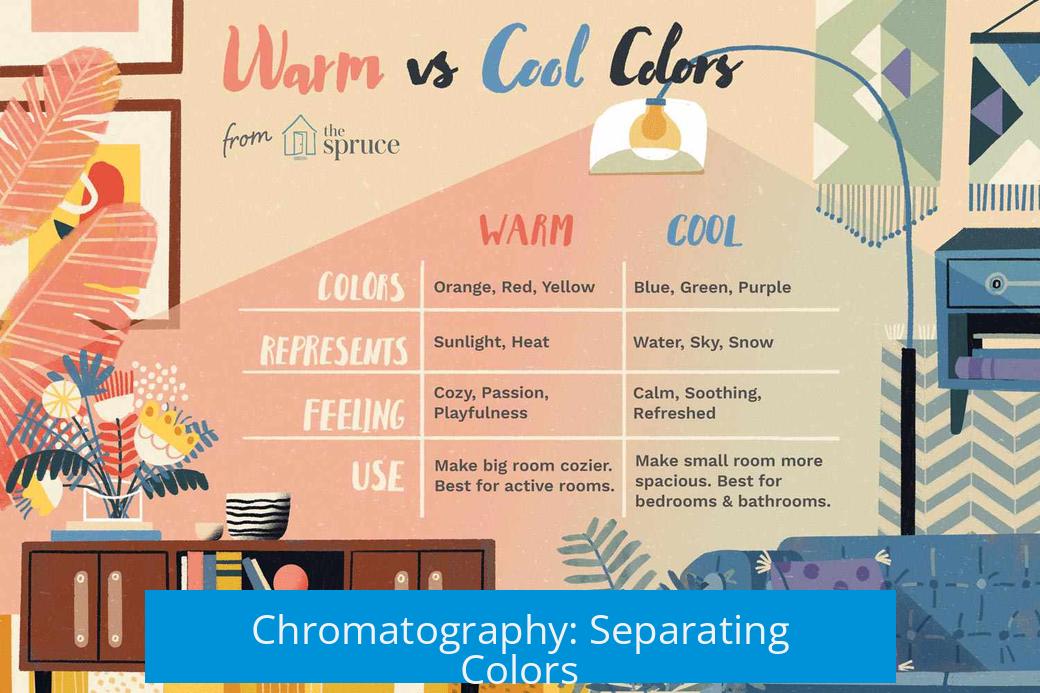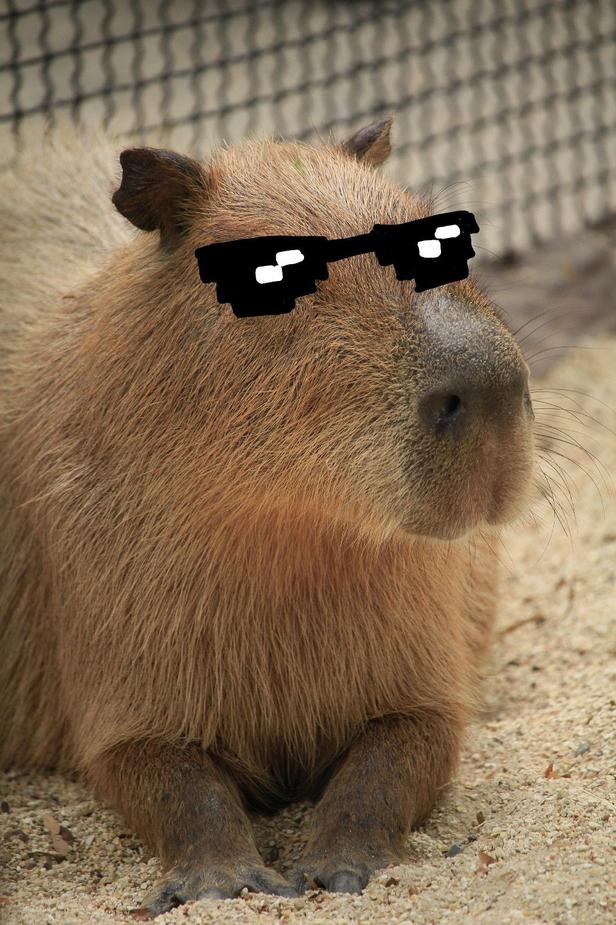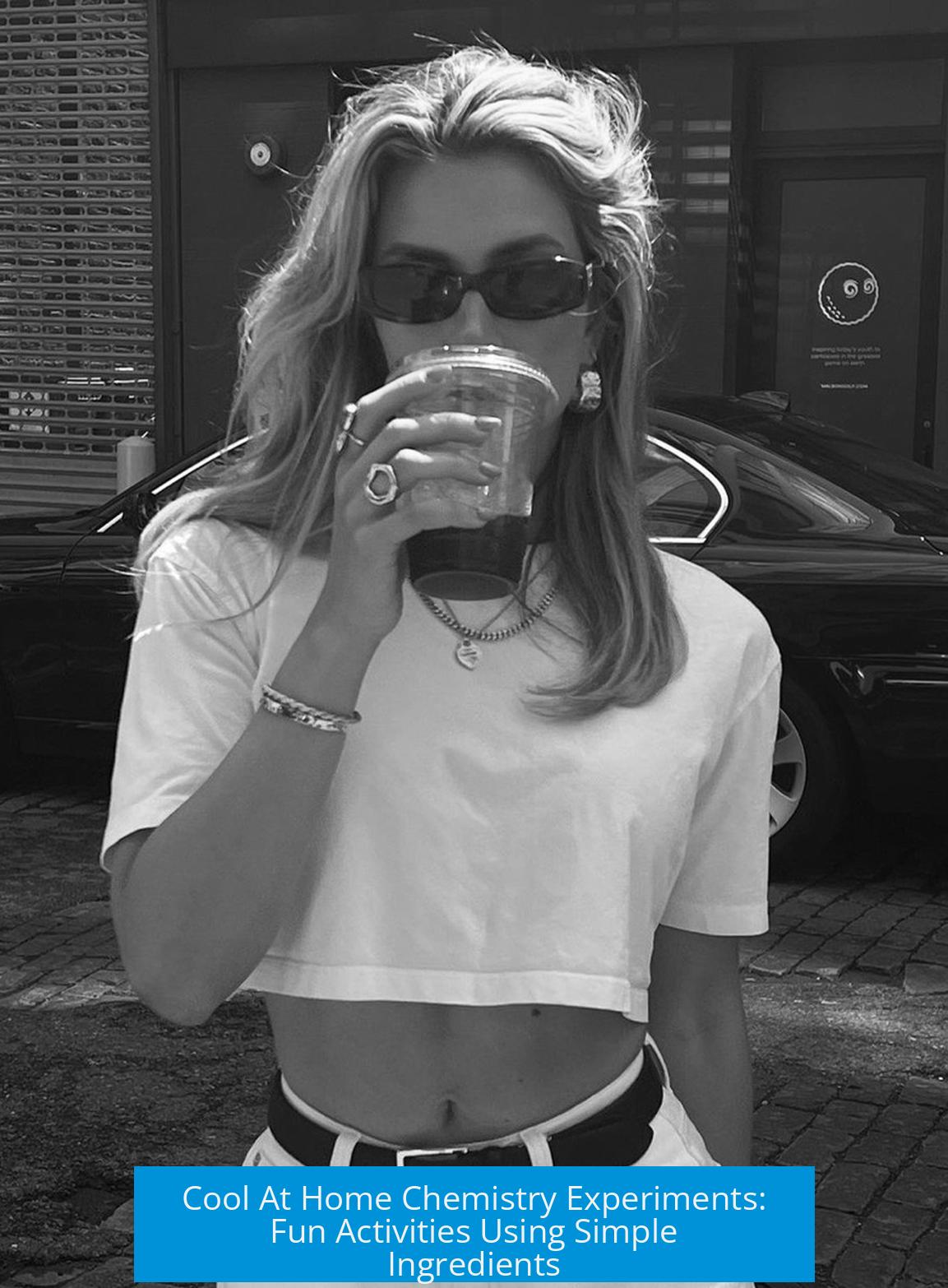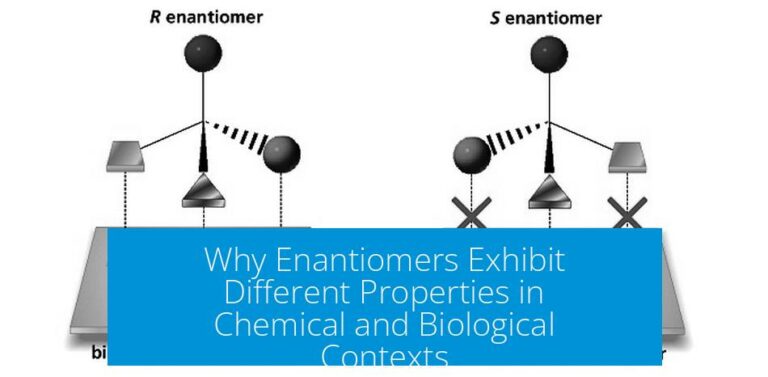Cool at Home Chemistry Experiments
Cool at home chemistry experiments offer safe and engaging ways to explore chemical principles using common materials. These hands-on activities cover chromatography, simple inorganic reactions, pH indicators, and other phenomena accessible to enthusiasts of all ages. This article details a variety of experiments and materials, procedural steps, and concepts illustrated, enabling readers to bring chemistry into their homes effectively.
Chromatography: Separating Colors

Chromatography is a straightforward method to separate pigments in markers using paper and solvents. Essential materials include black or colored markers (Crayola ultra washable recommended), absorbent paper such as tissue or napkins, and solvents like isopropyl alcohol, water, or vinegar.
- Draw a dot with marker ink on a horizontal line near one edge of the paper.
- Place the paper in a container with solvent, ensuring the ink spot remains above the liquid.
- Allow the solvent to migrate upward by capillary action, carrying the ink pigments along.
The solvent separates dyes based on polarity, demonstrating molecular interactions. Variables to explore include different solvents, paper types, and marker colors. This visually compelling experiment introduces concepts of solubility, polarity, and molecular size.
Simple Inorganic Chemistry Using Copper Compounds
Exploring basic inorganic chemistry at home can involve copper sulfate, baking soda, and vinegar to create copper salts and crystals.
- React baking soda with copper sulfate to form copper carbonate.
- Add vinegar to produce copper (II) acetate, a different blue-green salt.
- Evaporate the solution to obtain copper acetate crystals.
This sequence provides insight into salt formation, solubility, and crystal growth. Additionally, growing copper sulfate crystals or conducting a chemical garden experiment are highly instructive and visually appealing.
Popular Reaction Demonstrations
Several chemical reactions provide dramatic visual effects suitable for home demonstrations with appropriate precautions.
Elephant’s Toothpaste

This reaction utilizes hydrogen peroxide (30% concentration), dish soap, and brewer’s yeast. Yeast acts as a catalyst decomposing hydrogen peroxide into water and oxygen gas. The gas forms foam that rapidly escapes, resembling “toothpaste” suddenly emerging from a container. Visible steam and bubbles make this experiment highly engaging. Materials are easy to source and relatively safe.
Potassium Permanganate and Glycerol
This exothermic reaction combines potassium permanganate and glycerol to produce flames and purple smoke. Both chemicals are available online. It requires strict safety measures and is recommended for experienced individuals or controlled settings.
Stoplight Reaction
https://www.youtube.com/watch?v=YQjhj6Ucqks
A more complex redox reaction involving multiple reagents that changes solution colors over time, demonstrating oscillatory chemical behavior. Requires buying specific reagents and safety awareness. Useful for advanced learners.
Safe Catalyst and pH Indicator Experiments

Manganese dioxide is a safe catalyst that accelerates hydrogen peroxide decomposition, yielding water and oxygen gas. It can be bought in small quantities and is useful for demonstrating catalytic action.
Natural pH indicators like beetroot juice and butterfly pea flowers respond to acidity or basicity, changing color. These experiments clarify concepts of pH, conjugation, and light absorption in organic compounds.
Other Simple Yet Fascinating Experiments
- Surface Tension and Pepper: Sprinkle pepper on water; touch with soapy finger to see pepper shoot outward as surface tension breaks.
- Dust Explosion Demo: Powdered coffee creamer dispersed in air ignites with a flame, showing dust explosion hazards. Safety precautions essential.
- Sugar Rockets: Mixture of sugar and potassium nitrate can combust, demonstrating fuel-oxidizer reactions. Handle with care.
Kitchen and Household Chemistry
Common kitchen materials can demonstrate chemistry concepts while maintaining safety and accessibility.
- Ester Synthesis: Progress from basic decomposition like elephant’s toothpaste to producing esters, recognizable by their distinct scents.
- Non-Newtonian Fluids: Mixtures like cornstarch and water behave differently under stress, illustrating fluid dynamics linked to chemistry.
- Vinegar and Baking Soda Balloon: A classic acid-base reaction inflates a balloon, demonstrating gas evolution.
- Magic Milk: Surface tension changes produce swirling colors when dish soap contacts milk with food coloring.
Crystal Growing

Growing crystals provides insight into molecular arrangement and solubility equilibrium.
| Compound | Materials | Observations |
|---|---|---|
| Copper Sulfate | Copper sulfate powder, water | Blue, well-formed crystals |
| Alum | Alum powder, water | Clear, octahedral crystals |
| Chemical Garden | Metal salts (e.g., copper sulfate), sodium silicate | Colorful precipitates form ‘garden’ structures |
These experiments reveal recrystallization principles and crystallography. Calcium chloride is another safe option for crystal growth.
Steam Distillation
Steam distillation allows extraction of essential oils from plant material using boiling water and condensation. At home, this method is simple and illustrates phase changes and separation techniques.
Additional Home Chemistry Experiments
Many other accessible demonstrations are educational and fun:
- Taste the Rainbow: Skittles dissolve and diffuse colors, teaching diffusion visually.
- Giant Bubbles: Using dish soap and additives, large bubbles form, illustrating surface tension.
- Pencil Through a Bag: Shows polymer properties and membrane integrity.
- Apple Oxidation: Observes enzymatic browning and protective liquids.
- pH Indicator with Red Cabbage: Boiled cabbage water changes color with acids/bases.
- Invisible Ink: Lemon juice hidden writing becomes visible with heat, demonstrating oxidation.
- Diet Coke and Mentos: Rapid CO2 release creates a spectacular eruption.
Advanced Experiments for Enthusiasts

More complex projects require additional preparation but offer rich learning:
- Electrolysis of water breaks H-O bonds to generate hydrogen and oxygen gases.
- Building a calorimeter tests energy content of snacks through combustion.
- Forensic chemistry detects latent fingerprints using powders or chemicals.
- Reaction rates change with temperature, concentration, surface area, and pressure variations.
- Rainbow flames produced by burning chemical salts show emission spectra.
- Soap making involves saponification of fats, producing polymers with cleansing properties.
Educational Resources
Online channels and books provide guidance and inspiration:
- NileRed – In-depth chemistry videos.
- Mark Rober – Fun science experiments.
- University open course materials and online textbooks.
- Books focused on crystals, chemical gardens, and home chemistry.
Summary of Key Takeaways
- Chromatography separates pigments and reveals molecular differences with simple materials.
- Basic inorganic chemistry with copper salts illustrates reactions, crystal growth, and salt formation.
- Safe demonstrations such as Elephant’s Toothpaste and catalytic hydrogen peroxide decomposition engage curiosity.
- Natural pH indicators and surface tension experiments link chemical concepts to observable effects.
- Kitchen chemistry and common household items enable a wide range of safe and accessible experiments.
- Crystal growing and steam distillation teach principles of solubility, phase changes, and separation techniques.
- Advanced experiments and resources encourage deeper understanding for motivated learners.
Cool At Home Chemistry Experiments: Spark Your Inner Scientist Without Leaving the Kitchen

Looking for cool chemistry experiments to do at home? You’re in luck! Chemistry isn’t only for labs or textbooks. It’s everywhere — in your markers, your baking soda, and even your kitchen. Here, you’ll find a treasure trove of exciting, safe, and colorful experiments that require mostly household items. Ready to get your hands slightly messy and your mind curious? Let’s dive in!
Unleashing the Magic of Chromatography
Chromatography is a fancy word, but the experiment is simple. All you need is some markers (Crayola Ultra Washable are a winner), a strip of tissue or napkin, and a solvent like isopropyl alcohol, water, or vinegar. Dot a black marker on your paper near one end. Then dip the paper into the solvent—just enough so the mark isn’t submerged.
Watch in amazement as the solvent creeps up, separating the different dyes inside the marker ink. This works because each dye travels at different speeds. Fun fact: trying different solvents or papers changes the colors and patterns! Ever noticed that water and vinegar separate colors differently? Science in action!
Chromatography is a colorful gateway exercise, perfect for budding scientists and curious kids alike. It demonstrates how mixtures can be split into components, laying the groundwork for understanding complex lab techniques.
Kitchen Alchemy: Copper Chemistry with Everyday Items
Want to create stunning blue-green crystals at home? Hold onto your baking gloves—this is where chemistry meets artistry. Using copper sulfate, baking soda, and vinegar, you can whip up all sorts of intriguing compounds.
- Mix baking soda with copper sulfate to create copper carbonate, a lovely blue-green powder that hints at the magic happening.
- Add vinegar to your copper carbonate to transform it into copper (II) acetate—a bright blue-green solution and a base for growing crystals.
- Evaporate the water carefully to witness beautiful crystals form, ready to puzzle and impress.
This “chemical garden” of growing crystals shows you how simple materials react and organize themselves into nature’s artful patterns. Plus, growing copper sulfate crystals feels like nurturing a tiny jewel garden. And those crystalline structures? They teach about solid formation and purification, all while looking pretty cool.
Reactions That Dazzle But Stay Safe

Who doesn’t love a good reaction demo? Let’s talk about a crowd-pleaser—the Elephant’s Toothpaste. This isn’t your toothpaste, but a great demonstration involving 30% hydrogen peroxide, a splash of dish soap, and brewers yeast. The yeast decomposes hydrogen peroxide into water and oxygen. The soap catches the oxygen bubbles, creating a fizzy foam eruption. It might not blast off like on TV, but it’s safe, easy, and mesmerizing.
Potassium permanganate and glycerol? This dynamic duo produces a violet flash and smoke, a reaction known to intrigue grown-ups. You can buy these chemicals online (read safety instructions first!), but definitely keep safety a top priority.
For even more excitement, try the Stoplight Reaction, a bit advanced and requiring special chemicals. It cycles colors from clear to red to green—yes, like traffic lights! It’s a great experiment for a fiercely curious chemistry enthusiast ready to level up.
Everyday Chemistry: Play With What You Have
Did you know your kitchen hides chemical mysteries? From pH indicators to surface tension marvels, ordinary items become a science lab.
- Beetroot juice or butterfly pea flowers act as natural pH indicators. They change color when added to acidic or basic solutions, giving visual proof of acids and bases at work.
- The surface tension demo with pepper and dish soap is a mind-blower. Sprinkle pepper on water, dip a soapy finger in, and the pepper suddenly *zooms* away!
- Non-Newtonian fluids, like cornstarch mixed with water, behave both like a liquid and a solid. Squish it fast, and it feels solid; move slowly, and it flows. Fun, messy, and science-backed!
These playful experiments foster curiosity and brighten understanding of concepts installed in textbooks but often seem dull until experienced.
Crystal Growing: Science Meets Art
If you’ve ever admired the sparkle of crystals, you’re in for a treat. Growing crystals with copper sulfate, alum, or calcium chloride feels like magic but follows real chemical principles like solubility and evaporation.
Fill a saturated solution with these compounds and let them sit undisturbed. Over days, you’ll see shapes form, shimmer, and grow. This process teaches about purity and molecular organization, plus, it’s a great decorative conversation piece when done!
Steam Distillation: DIY Essential Oils
Want to try something a bit more advanced but equally rewarding? Steam distillation lets you extract essential oils from herbs or flowers using basic kitchen gear. It introduces the concept of volatility and how different compounds separate.
This process explains why perfumes and oils smell distinct while demonstrating phase changes between liquid and vapor. It’s science you can smell, and it’s as fun as it is fragrant.
Science With a Pop—And a Bang (Safely!)
For older kids or adults, experiments like the barking dog or dust explosions with coffee creamer powder illustrate rapid oxidation and combustion reactions. But these need strict safety measures. The dust explosion demo, for example, shows how tiny particles can become dangerously flammable. It’s a real-world safety lesson wrapped in dramatic chemistry.
Want fireworks without flames? Try the sugar rocket, burning sugar mixed with potassium nitrate. It’s fascinating but requires caution.
The Fun of Applying the Scientific Method
Every experiment here invites questions: What if I change the solvent? How does temperature affect crystal growth? Does vinegar dissolve eggshells faster than water?
Form hypotheses, alter single variables, and observe. Keeping a notebook helps track results and hones real scientific thinking. Whether you’re a kid or an adult, this approach makes discoveries richer and more memorable.
Resources to Elevate Your Chemistry Game
If you crave more advanced chemistry, YouTube channels like NileRed and NileBlue are treasure troves of demonstrations and detailed explanations. Mark Rober also mixes science with entertainment, offering engaging and understandable material.
For hands-on learners, there are books and online materials from universities and open source educational sites. Searching for “crystal growing,” “home chemistry experiments,” or “safe chemical reactions at home” yields many curated guides.
Want to buy some kits or chemicals? Online stores like Amazon or specialized supply shops carry beginner-friendly kits along with detailed safety instructions.
A Few Personal Tips From Experience
1. Safety first! Always wear gloves, goggles, and work in a well-ventilated area.
2. Keep vinegar and baking soda handy—they’re versatile and safe starting points.
3. Plan ahead—some crystal-growing experiments can take days to show results. Patience is a virtue.
4. Document your experiments with photos or journals. It’s fun to see your progress and unexpected results.
5. Involve family or friends. Chemistry is even cooler when shared!
Final Thoughts: Chemistry Is for Everyone, Anytime, Anywhere
Cool at home chemistry experiments ignite curiosity, sharpen observation skills, and illuminate the science behind everyday wonders. Whether it’s chromatography revealing hidden inks, foamy elephant toothpaste eruptions, or growing stunning crystals, these activities transform a kitchen or classroom into a world of scientific exploration.
These tasks don’t require fancy labs or dangerous chemicals but reward with deep insights into how the world works—the true magic of chemistry!
So, why not pick an experiment, grab some supplies, and start exploring? You might uncover your new favorite hobby—or even spark a lifelong passion for science.
What is chromatography and how can I try it at home?
Chromatography separates inks into colors using paper and solvents like isopropyl alcohol. Draw a dot on absorbent paper, place it above the solvent, and watch the colors spread. Try different markers and liquids for varied results.
How can I grow crystals using household materials?
Use copper sulfate or alum to grow crystals. Dissolve the salt in water, let it evaporate slowly, and watch crystals form. You can also experiment with chemical gardens by mixing copper sulfate with different solutions.
What makes Elephant’s Toothpaste a safe experiment to do at home?
Elephant’s Toothpaste uses hydrogen peroxide, yeast, and dish soap. The yeast breaks down hydrogen peroxide, releasing oxygen that creates foam. It is less explosive than shown on TV and uses common items, making it safe and fun.
Can I demonstrate surface tension with simple kitchen items?
Yes. Sprinkle pepper on water in a bowl and dip a finger with dish soap into it. The soap breaks the water’s surface tension, causing pepper to quickly move away. It’s a visual way to explore surface tension at home.
What household items can I use to test pH levels safely?
Beetroot juice and butterfly pea flowers work as natural pH indicators. They change color when mixed with acids or bases, letting you explore acidity and basicity without harsh chemicals.





Leave a Comment